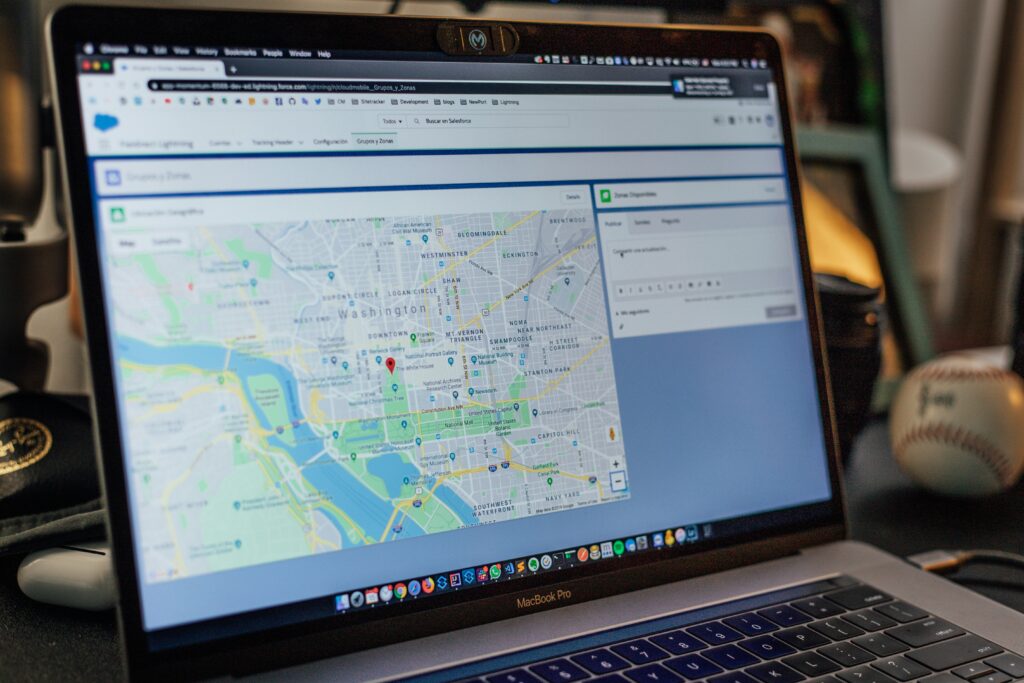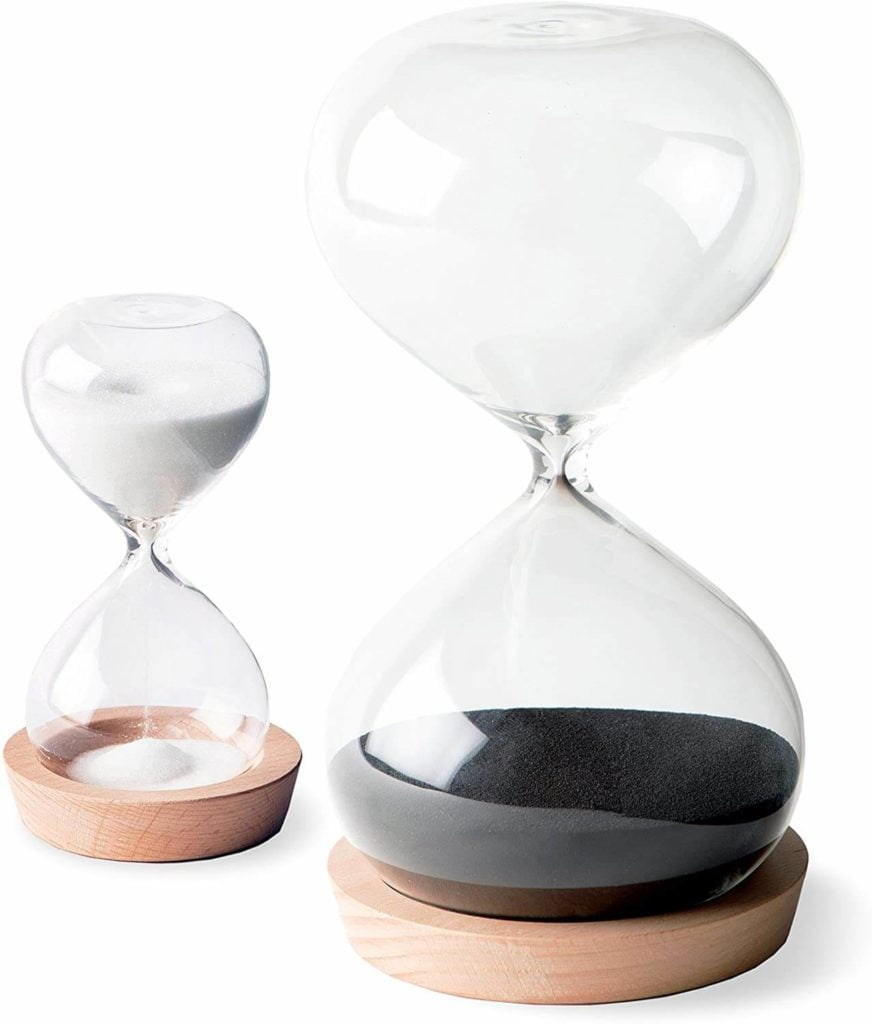There’s no doubt that deciding to buy and customize a home in Texas is a significant milestone in life. Yet, the process can be quite taxing for those who do not have adequate knowledge and experience. Fortunately, you don’t have to do it all on your own, there are plenty of resources available to assist you throughout the process. In this article, step-by-step guidance is provided to help you make well-informed decisions as you begin this exciting journey. Keep reading to glean insightful tips on buying and customizing your Texas home.
Finding the Ideal Location and Property

Location is a vital aspect to consider when buying a home. The Texas housing market offers a myriad of options, from bustling urban cities like Dallas and Houston to serene suburban communities. Do your research to identify what each area offers in terms of amenities, schools, and job opportunities that cater to your lifestyle and preferences. Talk to local real estate agents and visit online listings to have a clearer view of the properties available in your desired locations.
It’s also essential to consider your budget and check your eligibility for financing options, such as a Dallas mortgage. The purpose of a mortgage is simple: it allows you to borrow money from a lender, often a bank, to buy a property. As part of the process, you will work with a mortgage broker to determine how much money you can borrow based on your income, credit score, and assets. From there, you will select a mortgage product with terms that fit your budget and goals. Getting a mortgage is an important step in the home-buying process that should not be overlooked.
When selecting the property, envision how you plan to customize it to suit your needs. Take note of the home’s layout, available space, and architectural elements that you can reshape to create your dream home. If you plan to make changes such as additions or remodels, verify if the property is located in a zone that permits such alterations.
Creating an Ideal Floor Plan and Design
Once you have purchased your new Texas home, the next step is to plan the design and layout you envision. Begin by assessing the current floor plan and noting any changes you wish to make. Determine if spaces need to be reconfigured, walls need to be knocked down, or rooms added. Consult professional architects or interior designers who can translate your ideas into detailed plans.
Customizing your home may require choosing various fixtures and finishes, ranging from countertops and cabinets to flooring and window treatments. For instance, you can visit a Dallas carpet store to explore various flooring options to suit your preferences and budget. Not only does the flooring contribute to the aesthetic appeal of the space, but it also impacts the level of comfort and practicality of the living area The flooring material, color, texture, and pattern can greatly affect the ambiance and mood of the room, as well as the house’s overall value.
When it comes to design, focus on creating a comfortable and functional space that reflects your individual style. This entails selecting suitable colors, textures, and materials for different rooms in the house. Moreover, pay close attention to lighting design as it influences the ambiance of your home. Investing in energy-efficient fixtures is also highly recommended.
Setting a Realistic Budget and Timeline

Embarking on a home customization project requires careful budgeting and scheduling to ensure a smooth process. Start by determining the budget you are willing to allocate for the project. Include costs for labor, materials, permits, and any other additional expenses that may arise. To cushion against unforeseen costs, allocate a contingency fund of approximately 10 to 20 percent of your total budget.
A detailed timeline is crucial in ensuring that your home customization project progresses steadily and is completed on time. Establish a comprehensive project schedule, taking into account the various stages, such as design planning, construction, and finishing touches. Bear in mind that unforeseen delays may occur, and it’s necessary to be flexible and factor in some buffer time in your schedule.
As you can see, buying and customizing your Texas home calls for thoughtful preparation, planning, and execution. By diligently researching locations and properties, designing desirable floor plans, setting a realistic budget and timeline, and abiding by legal and permitting requirements, you will undoubtedly transform your newly purchased property into a personalized custom home. If you follow the advice in this article, you’ll be living in the home of your dreams before you know it.

















